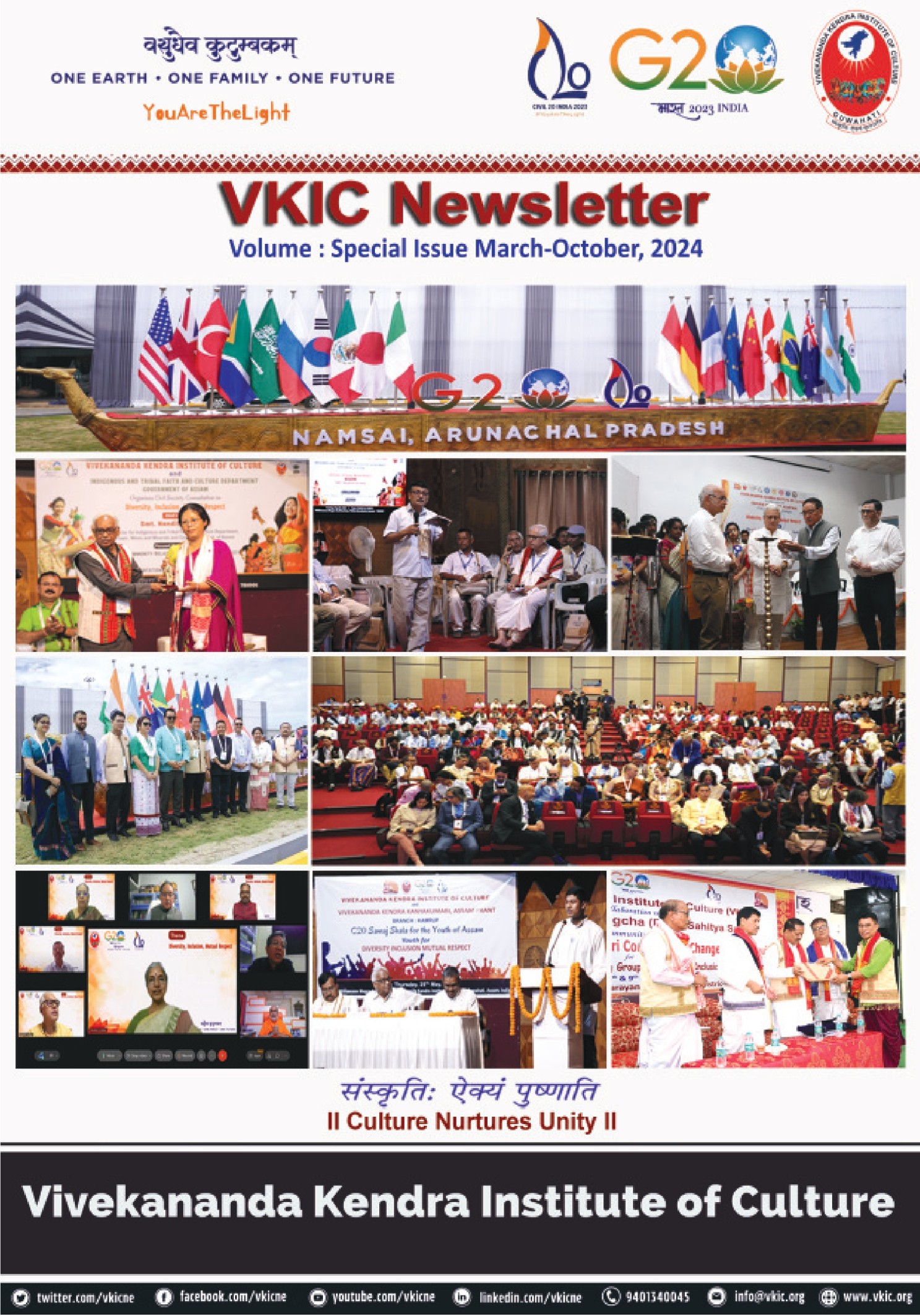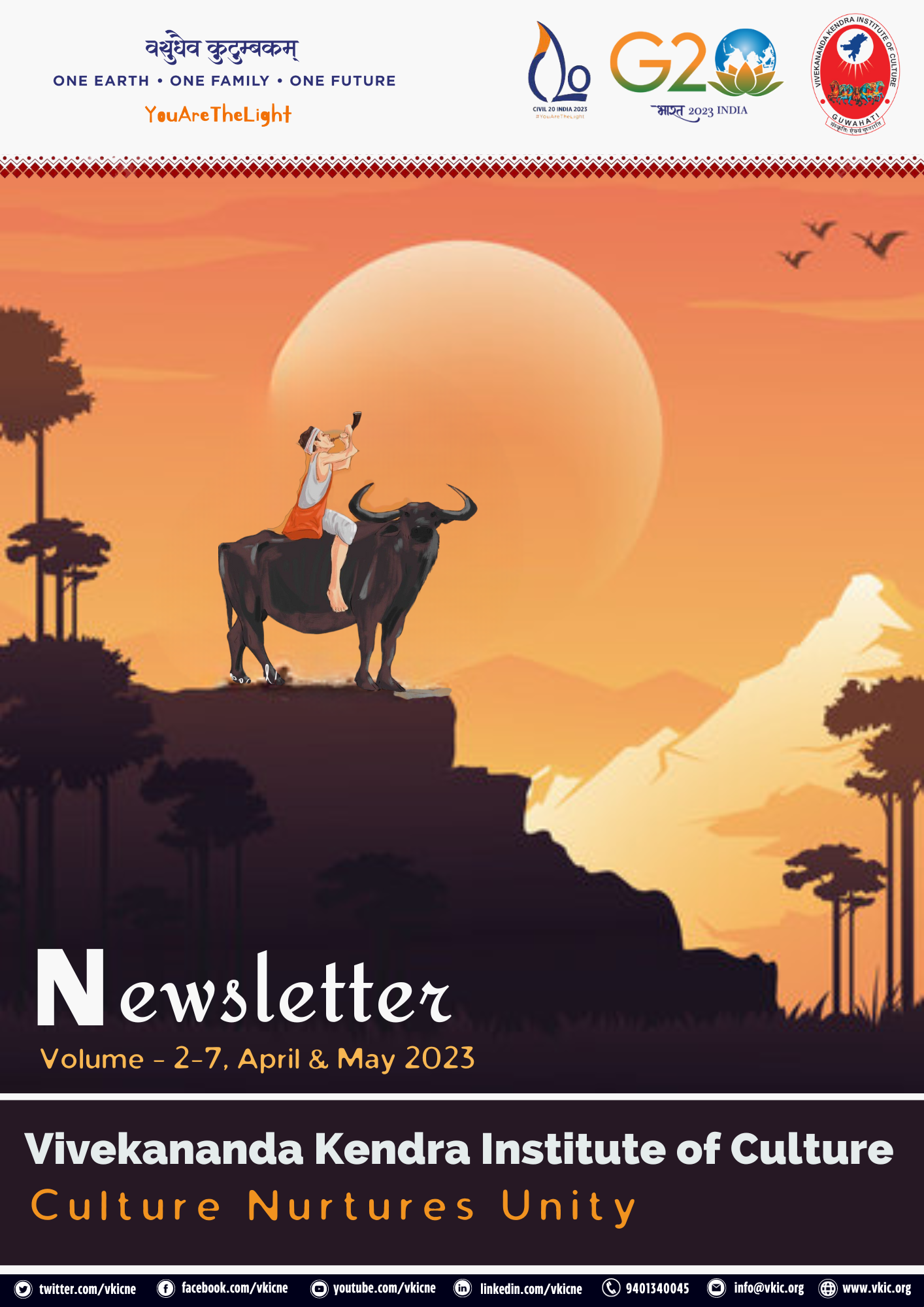In Jaina tradition, as in all Indian communities, marriage is a community event as not only two individuals, but two families are united. Until, and sometimes after, marriage, children generally live with their parents, and it is the parents’ responsibility to introduce them [perhaps with the help of suitable intermediaries] to prospective marriage partners. It is quite misleading to refer to this as arranged marriage – in practice, the couple has every opportunity over a long period to get to know each other, and the decision to marry belongs to them alone.
When it is agreed that a couple is suited, an engagement ceremony is held, to which prominent members of the community are invited; there is a ritual exchange of symbolic items and gifts and the engagement is recorded in an engagement document. This ceremony takes place in the home of the groom or in a community hall, and the date of the marriage is usually discussed at this stage.
When the date of the wedding is agreed on after consultations regarding the auspicious day and time, invitations are sent out or made in person. The number of guests invited can be very large: many relatives and many members of the community have to be included. About seven to ten days before the wedding day, the bride’s family sends a delegation of close relatives to the home of the groom bearing a special invitation, written by a priest, requesting the groom’s family to bring the wedding party to the marriage ceremony. The two families prepare clothes and ornaments for the bride, which she will take to her new home. The groom’s family presents their gifts ritually a day or two before the ceremony, and the bride’s family’s gifts are presented on the wedding day. There is no dowry system in the Jain community, gifts from the bride’s to the groom’s family are also prescribed by the society, unless they are purely voluntary or a token gesture.
The Jain Marriage Ceremony
The marriage ceremony is conducted by a Brahmin or by any well respected Jain. There are sixteen stages in the marriage rituals the first three of which take place before the wedding day. Maatruka Sthaapan, the auspicious ritual at the bride’s home, is an invocation of heavenly goddesses: Brahmani, Mahesvari, Kaumari, Vaisnavi, Varahi, Indrani, Chamunda and Tripura to take up temporary abode in the bride’s home to ensure the happiness and fertility of the couple and takes place two to seven days before the wedding day.
Kulakara Sthaappan, the auspicious rituals at the groom’s home, is an invocation of the heavenly gods: Vimal-Vahan, Chakhsusman, Yashasvan, Abhichandra, Prasanjit, Marudev and Nabhi, to take up temporary residence in the bridegroom’s home to ensure the happiness, fertility and maintenance of the family tradition.
Following these ceremonies, the skin of both – the bride and the groom – will be regularly massaged with beautifying substances such as perfumed oil and turmeric. Pujas will be performed in the temple for their well being and the ritual placing of gold chains by each family around the neck of the son or the daughter [maalaaropana] takes place. This immediate pre-marriage period is one of rejoicing and celebration for the families.
After the day of the wedding, ideally seven days after it, but earlier if this is not possible, a further ceremony bids farewell to the deities who took up residence in the homes of the families.
Mandapa Pratishthaa, the auspicious ritual at the home or wedding hall, invokes the gods of all places to establish the sacred place [mandapa] within which the wedding will take place. This ceremony of the ‘sacred point’ [maneka stambha] takes place either on the day of the marriage or a few days before, at the bride’s home; the maneka stambha is a simple wooden symbol which evokes the blessings of the deities of the four points of the compass. Sometimes the ceremony does take place at the bridegroom’s house. The maneka stambha is placed in the mandapa a sacred place within the cori, an area created by creating four corner pillars with arches of leaves [toranas]. The marriage ceremony takes place inside the cori. A small low platform [vedi] in the centre carries the sacred fire.
Marriage Procession
Bathed, dressed in his best clothes and ornaments, with a tilak on his forehead, the bridegroom worships the divinities and with his relatives, begins the journey to the marriage venue. Traditionally, he would ride on a horse or elephant accompanied by musicians and singers, but nowadays the ceremony is performed in a hall or a hotel and the groom’s party may travel by car. They walk ceremonially the last 100 yards or so towards the door of the hall, where the priest who is to perform the ceremony, recites a mantra, praising Lord Adinatha, the first Tirthankara, emphasising the glory of the Jain path of purification, and praying for peace, contentment, health, happiness, friendship and prosperity for the couple. The bride’s sister or an unmarried female relative circles ritually three times around the groom in a clockwise direction; this rituals is believed to ward off evil. The groom arrives at the entrance of the hall where he stands on a small stool and the bride’s mother, with other female relatives, welcomes him with symbolic gestures or the waving of a lamp [aarati] and places a red cloth or garland around him, but it is a custom nowadays for the bride to welcome the groom first with a garland.
The groom enters the hall, stepping on – and breaking – two earthen-ware bowls placed in his path: this ritual guards the ceremony against any evil influence. He is then led into the cori and the groom sits on the left of the two seats. His bride, elaborately dressed and ornamented, is escorted by her maternal uncles and takes her seat facing the groom, sometimes screened from him by a small curtain.
Mangalaastaka
Auspicious prayers, are recited to Lord Mahavira and his parents, Gautama, Lord Adinatha and his parents, and Pundarik, Bharata and other Cakravartis, all the Vasudevas and Prativasudevas. Prayers are also recited to Brahmi and Candanbala, guardian deities Cakreshvari and Sidhayika, Karpaadi and Matanga for protection. After a series of prayers the priest places a cloth garland around the couple’s necks and then the bride’s parents symbolically wash the groom’s feet.
Hasta melapa
The priest puts the palm of the bride’s hand on the groom’s palm symbolizing the beginning of a lasting relationship or unity between the couple. As this ritual is the most important and must take place at the precise time deemed most auspicious. The priest recites prayers hoping that the bride and groom may become partners with similar spiritual aptitude, enjoying the same things and having a lasing unison by way of this joining of hands.
Houm is a mantra accompanying a series of offerings of food and drink, sacrifice and material wealth, placed in the sacred fire, to the protectors of the eight directions: Yama, Nairuta, Varuna, Vayu, Kubera, Ishana, Naga and Brahmaanan; the nine plants: the Sun, Moon, Mars, Mercury, Jupiter, Venus, Saturn, Rahu and Ketu: all the ‘sur’ gods [muses]; the bhavanpati gods, such as Asura, Nagam Supama, Vidyuta, Ocean, direction, wind and stanitkumars; to Vyantars
such as piÀaca, bhuta, yaksha, raksaÀa, kinnara, kimpuruÀa, mahoraga and m¡ndharva: the star gods such as the moon, the sun, planets, constellation and all stars: the vaimanika gods such as Saudharma, IÀana, Sanatkumar, Mahendra, Brahma, Lan¡ta, Shukra, Sahastr¡r, Anata, Pranata, Aruna, Achyut, Graiveyak and Anuttara: the Caturnik¡ya-dev¡s, recognised by their consort or weapon or vehicle or special strength, Indra, Samanika,Parsads, all the Lokpaalas, anika, Prakirna: Lokaantika and the abhiyogika gods: all dik-kumaris on the island of Rucaka: and all seas, rivers, mountains, caves and forest-gods.
After reciting each mantra the priest puts an offering of ghee [clarified butter], betelnut, grains of jav [a kind of cereal] and t¡l [a kind of oil seed] in the sacred fire. Each mantra begins with aum arham and ends with swaahaa.
The priest performs the first abhiÀeka by anointing the couple’s heads with holy water [nhaavana] brought from the temple, then gotraacaar by reciting mantras and the geneologies of both famlilies and then announces the declaration of marriage. He then blesses the couple and presents them with rice, flowers, incense and sweets, which they offer in pujaa to the sacred fire.
In the key saatpheraa ceremony, the couple circles the sacred fire seven times in a clockwise direction: the bride leading the first six rounds. The bride’s brother presents rice grains to the bride and groom who in turn, after each round, offers them to the priest, who makes offering to the sacred fire after reciting the mantras for each circumambulation.
In the mantras, various components of karmic matter attached to the soul, and their effects are recited. The couple is reminded that physical relations are the result of deluding karma, which may be enjoyed, but that their goal should be liberation from this.
In the part of the ceremony known as kanyaa daan, the priest offers grains of jav, tal, a small blade of grass and a drop of water to the bride’s father or relative and recites a mantra, which the bride’s father repeats, handing over his beloved daughter. The groom accepts the bride by reciting a mantra. At this point the priest recites the seven vows; to share their married life with dignity: to respect and love their families: to respect both family homes, to foster love, equality and trust; to behave so as to maintain the respect of their families; to follow the ethical path in work, pleasure and spiritual advancement; and to be mutually supportive and supportive of society and the world, and the couple agrees to each of the vows.
At this point the couple are invited to make their seventh circumambulation of the sacred fire, and led by the groom they ofer grains to the fire. This seals the marriage bond.
The priest sprinkles a little holy powder on the heads of the bride and groom [vaasksepa]. Then the bride’s father gives water and tal to the groom, who passes them to the priest who sprinkles them on the bride. With the second abhiÀeka, the priest blesses the couple saying: ‘You two have been married. Now you are equal in love, experience, happiness and good conduct. You are true friends in happiness and misery, in virtues and faults. May you become equal in mind, speech and action, and in all the good virtues.’
With the unclasping of hands [kar-mocan], the priest recites mantras and says: ‘You have released your hands but your love in unbroken.’ The bride’s father gives a symbolic gift to the groom. The community then pronounces blessings on the couple and the invoked or invited gods are reverently requested to return to their abodes.
After this, the bride and bridegroom are given a send-off by their relatives, and return to the bridegroom’s home, visiting the temple on the way. It is the custom to give a feast for the guests before the bride and groom depart at which time individuals congratulate and bless the couple.
The principle of Ahimsa is not followed by all aspects of the ceremony.


